Clipart tagged: ‘Parabolic’
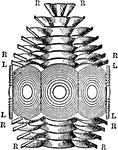
Holophotal Catadioptric
"Holophotal Catadioptric Apparatus Revolving round a Central Flame.—If in place of Fresnel's compound…

Parabolic Profile
"In order strictly to equalize a fixed light over the whole horizon, which could not possibly be done…
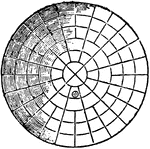
Parabolic Reflector
"In 1763, or at latest before 1777, parabolic reflectors were first used for lighthouse illumination…
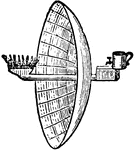
Parabolic Reflector
"In 1763, or at latest before 1777, parabolic reflectors were first used for lighthouse illumination…
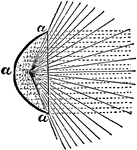
Paraboloid
"It will be seen that the parabolic mirror a is at best but a very imperfect instrument, for even if…

Projectile Motion of a Cannonball
"Suppose a cannon be loaded with a ball, and placed on top of a tower, at such a height from the ground,…
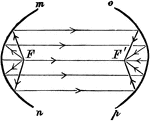
Parabolic Reflectors
"...represents two parabolic reflectors, mn and op. It is a peculiarity of such reflectors that rays…
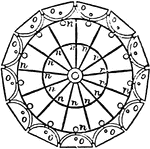
Revolving Light
"In order to produce, on the catoptric system, a fixed light showing all round the circle, a number…

Revolving Light
"If again the light was to revolve, then a revolving chandelier was employed having a certain number…
